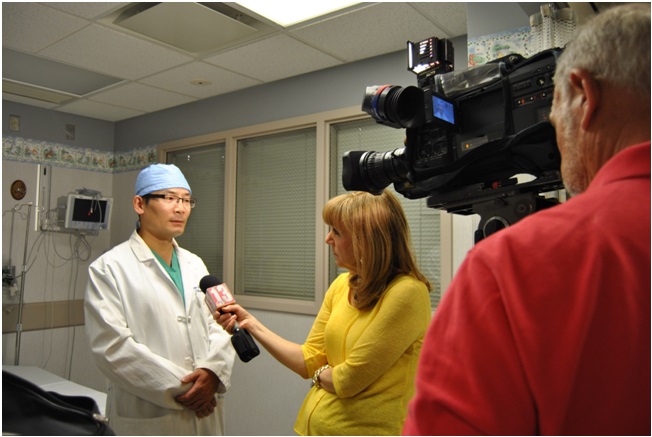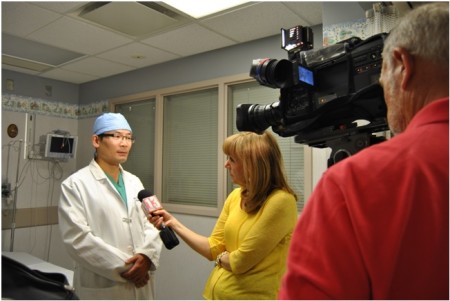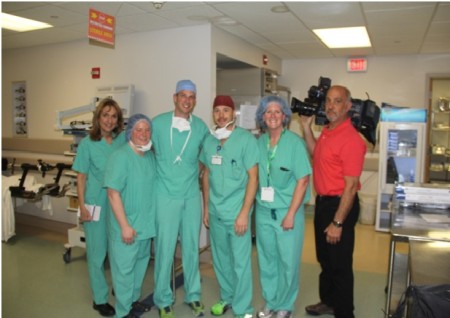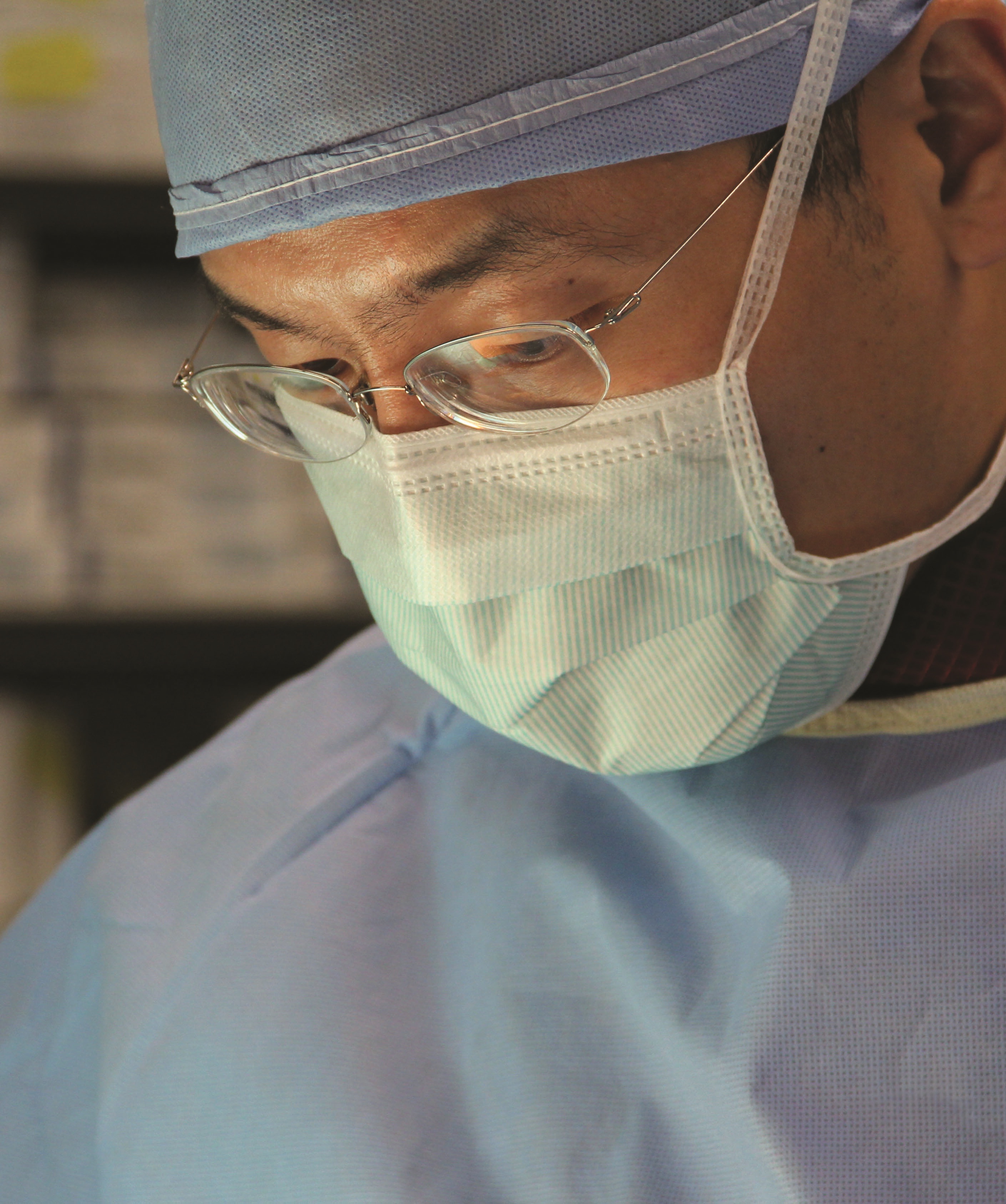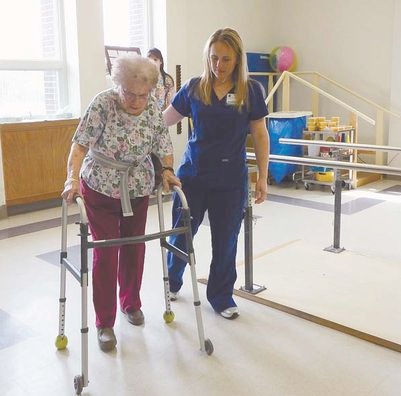Bless you! Allergy season is a doozy
Friday, June 20, 2014
By Leah Trouwborst
CAPITAL REGION — After a long winter, the Capital Region emerged from flu season only to walk right into the waiting arms of a very aggressive allergy season.
“I’m kind of overbooked,” says Dr. M. Asghar Pasha of the Division of Allergy and Immunology at Albany Medical Center. He blames the long winter for raising pollen levels. “Everything blossomed all together instead of blossoming gradually — one pollen on top of another — so the patient is hit with a large amount of pollen at one time.”
Trees usually release pollen well before June, but cold temperatures delayed the budding process this year. Add to that the grass pollen which June always brings, and you’ve described the double whammy now hitting the Capital Region. (Ragweed, the third major type of pollen, won’t peak until August.)
Along with nonseasonal allergens like mold and animal dander, tree and grass pollen have triggered unusually severe allergy attacks in the Capital Region. According to Pasha, Albany Medical Center has seen “a significant influx of patients calling and complaining about [allergy] symptoms, saying their medications aren’t working, et cetera.”
Even though 2012 and 2013 saw quite a few complaints about bad allergies, Pasha considers 2014 to be even worse. “If you had to put a number on it, 20 percent to 30 percent more patients reported symptoms of allergies [than last year]. If I look at my schedule, I can tell you that,” he says.
Dr. Suzanne Palmieri, a primary care physician at Ellis Medical Group, points to wet weather as another contributing factor behind this severe allergy season. Not only was it a rainy spring, but beforehand “we had a lot of snowfall late in the winter. That provides a lot of water for the trees, and that increases pollen count.”
Adding a third factor behind pollen levels, Dr. David Shulan of Certified Allergy and Asthma Consultants brings up a simple science fact, one that people forget affects pollen levels: the law of gravity. “We’re in a valley, and that concentrates the pollen,” he explains. Reforestation has armed the mountains with even more pollen to send wafting down on lower ground.
Both Shulan and Dr. Lawrence Horowitz, chief of pediatrics at Nathan Littauer Hospital in Gloversville, express less concern over the current allergy season than over a larger trend in the Capital Region. “Over the last 30 years, there’s definitely been an increase in pollen levels,” Horowitz says. Shulan agrees that he’s seen “a general increase of [allergy] patients over a 24-year period.”
But why? Shulan suspects rising levels of carbon dioxide in the atmosphere have increased pollination. But Horowitz believes that the cause of the trend is twofold, both the climate and the human body’s ability to tolerate the climate. “As we get healthier, we may be having more of an allergy problem,” says Horowitz. “It’s a trade-off.”
One Capital Region resident is putting up a fight against pollen. Patrice Jordan, who lives in Schenectady and works as a substitute teacher in Niskayuna, enlisted some help. “Yesterday my kids came over and washed my car for me. It was all covered with that yellow gunk,” she says. According to Shulan, very few are actually allergic to the pine pollen that resembles yellow gunk, even though we associate it with sneezing.
But Jordan’s allergies qualify as severe. She says childhood doctors, adhering to now-outdated wisdom, kept her from taking ballet classes in fear of an allergic reaction. Now, nearing her 60th birthday, she credits a cutting-edge prescription medication for allowing her to spend hours at a time in her garden. “It costs $600 per treatment” but “it’s made a tremendous difference,” she says.
Straightening up from her flower bed, she says “my allergies still go nuts” when the flowers bloom in her yard. Extending her left arm, she shows me where a patchy rash has bloomed. Nevertheless, she’s decided over the years that being outside is worth the tradeoff. Anyone looking at her garden would be likely to agree; amid the other yards, Jordan’s gives the impression of an oasis in a desert.
For those still working out a strategy to combat their allergies, a few simple changes can help outsmart pollen. Installing a window air conditioner “can cut the pollen and mold in the [home] by 90 percent,” according to Shulman. If you’re tempted to substitute a window fan for an air-conditioner, keep Palmieri’s warning in mind: “Those window fans tend to pull the pollen into the house.”
Finally, if summertime to you means open windows, wait until after 11 a.m. to crack them open. Plants release most of their pollen in the early-morning hours.

